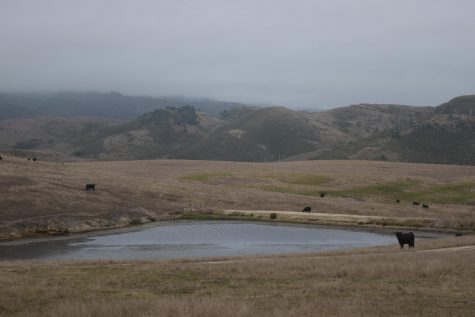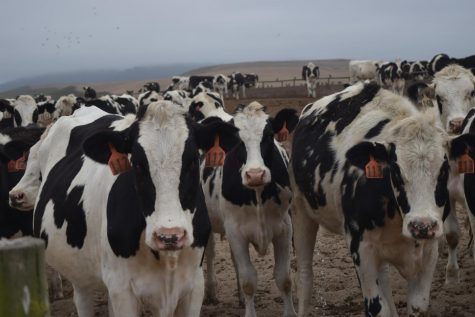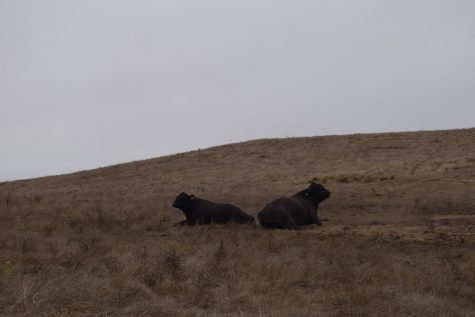National Parks Proposal to Curtail Point Reyes Elk Population
September 19, 2019
West Marin conjures the image of winding roads through long rolling hills scattered with cows and wildlife indigenous to Point Reyes. Swells collide with the rigid coastline and pristine beaches harbor snowy plovers and lively intertidal ecosystems. Also native to the area are the smallest elk in North America: Tule Elk, whose fate is currently being debated in the Seashore.

The Tule Elk population originated at 500,000 in 1880, but bordered extinction following human settlement. The herd population now hovers around 450: a sustainable population according to the National Parks Service (NPS). However, in recent years the cattle and dairy farms have run into conflict with Tule Elk disrupting their herds, consuming resources and damaging property. Currently, according to a biological assessment conducted by the NPS, out of the approximate 71,000 acres that make up the National Seashore, 33.2 percent is leased to private cattle ranchers.
In early August, the NPS released six alternative proposals to limit the elk population inhabiting the Drake’s Beach area. The chosen alternative by the NPS entailed terminating a small population of the elk annually. According to the General Management Plan, “Under alternative C, NPS would lethally remove the Drakes Beach herd, totaling approximately 124 individual elk. Lethally removing the Drakes Beach herd would result in an approximately 40 percent reduction of free-range elk in the planning area.”

Grazing on the long grasses of Point Reyes, four tule elk rest on a hill.
Chance Curtrano, the director of special projects and strategic initiatives at the Resource Renewal Institute (RRI), says that of the six options, the NPS selected the most drastic alternative.
“What our organization would like to see is the preservation, conservation and restoration of our Coastal Prairie ecosystems. So, why are we shooting dozens of Tule Elk for private industry that could exist and does exist all throughout California? Meanwhile, [Point Reyes] is the only National Park you can go to see Tule Elk,” Curtrano said.
Curtano specializes in environmental policy, specifically wildlife and public lands management. His career with RRI largely focuses on research into the management of national parks in and around Marin.

“Many of the published documents from the [NPS] show that that [livestock production] has severe impacts not only on greenhouse gas emissions and climate change, but also on our waterways and on our wildlife. These operations are known to transmit diseases to wildlife. They’re known to pollute our waterways,” Curtano said.
Senior Ava Coven spent her summer cleaning and protecting the Point Reyes National Seashore with the Youth Conservation Corp, and believes the solution lies in compromise.
“I think coexistence is possible. The elk shouldn’t be removed in my opinion,” Coven said. “The population seemed really healthy and they are so beautiful.”
Nevertheless, Coven sees value in the historical cattle and dairy establishments.
“I think [pastureland] is a good use of the space, better than industrialization at least. The land was originally used for farming anyways,” Coven said.
For Coven, the best interest of ecosystems should remain a priority when weighing the various proposals.
“I think it is so important to protect parks and wildlife because we are really harmful to our Earth. I don’t want to see it deteriorate because of our human impact,” Coven said.
NPS expects to reach a final solution by 2020. The proposal is currently in a 45 day public comment period until Sept. 23.
